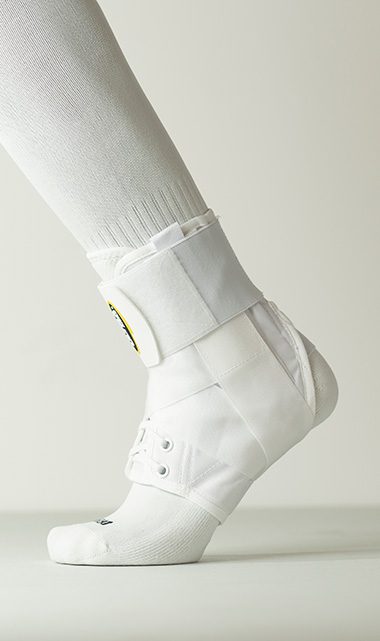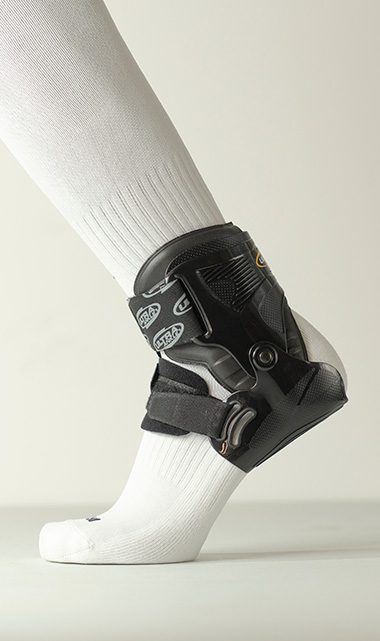For those living with chronic ankle pain or chronic ankle instability, simple tasks can be frustrating because of lingering pain and fears of reinjury.
Chronic ankle instability is a condition characterized by a recurring “giving way” of the outer (lateral) side of the ankle. This condition often develops after repeated ankle sprains. Usually the “giving way” occurs while walking or doing other activities, but it can also happen when you’re just standing. Many athletes, as well as others, suffer from chronic ankle instability (TGH).
While chronic ankle pain can be caused by multiple conditions that involve the ankle joint, upper foot, or lower leg often it’s caused by the damage that occurs after multiple ankle sprains. After each sprained, rolled, or twisted ankle, your ligaments are stretched further and further, causing joint looseness and instability. Once these ligaments have been stretched, they stay that way, making you much more susceptible to repeat ankle injuries and chronic ankle instability.
Chronic ankle instability is characterized by repeated rolling of your ankle inward causing injury to the outside of your ankle. If you have chronic ankle instability, you can easily roll your ankle just from walking, stepping on a small pebble, or playing a recreational sport. After multiple sprained ankles, you’re more likely to experience pain while recovering as well as any pain associated with your worsening ankle instability.
Ankle sprains are the most common orthopedic injury, account for 40% of all athletic injuries, and an estimated 25,000 ankle sprains occur per day in the United States (FMCW). But, does that mean everyone that sprains their ankle has chronic ankle instability? Not quite.
Typically you’ll find ankle pain and chronic ankle instability in older people or athletes who have an injury history that includes multiple ankle injuries. Because it can take decades to develop common forms of chronic ankle instability, it’s rare that younger high school athletes suffer from the condition. If you’ve had a few ankle injuries in high school, that doesn’t necessarily mean you’ll automatically have chronic ankle instability and experience chronic ankle pain.
Treatment for ankle instability typically includes a rehabilitation program to maximize ankle strength, range of motion, and balance. If this does not help the issues some doctors may recommend surgery. But what if there is another option besides surgery, like ankle bracing? Bracing your ankle(s) can help prevent additional ankle injuries and lessen the severity if an injury occurs. A brace like our Ultra High-5 was design specifically to help reinforce the ankle joint after a history of ankle injuries. It’s feather-light but super-strong hinged-cuff design can help support most unstable ankles and can handle almost any activity thrown at it.
If ankle instability is not treated properly by slowing down or stopping recurrent ankle sprains, it can lead to ankle osteoarthritis. Ankle osteoarthritis is caused by your joint bones rubbing directly against each other due to the joint looseness from multiple ankle sprains. Over time this causes deterioration of your ankle cartilage which leads to joint irritation, pain, and stiffness. Treatment for ankle osteoarthritis can include non-drug methods, such as ankle braces like the Ultra CTS, medications, and as a last resort, surgery.



